Sometimes the old truths are the best.
Yes, it’s now a cliché and a trope to invoke Henri Cartier-Bresson. Still, we pay attention to this idea—the definition of the decisive moment.
“Photography,” he wrote, “is the simultaneous recognition, in a fraction of a second, of the significance of an event as well as of a precise organization of forms which give that event its proper expression.”
The idea is genius in its clarity and simplicity and truth.
“Street Scenes”, by Phil Penman
Published by teNeues, 2025
Review by W. Scott Olsen

But let’s add something to that idea, a phrase from a much older photographer and writer—Lewis Carroll. And the idea is not from his photography. In chapter two of Alice’s Adventures in Wonderland, “The Pool of Tears,” having followed the white rabbit down the rabbit hole, Alice drinks from a bottle labeled “Drink Me.” Her body grows and expands—her world and what happens in it are transformed and strange. “Curiouser and Curiouser!” she says.
I have always admired that moment. Her reaction is not panic or anger or fear. It’s a way to engage the world as it unfolds. It’s wonder. It’s exactly what she says—curiosity in the face of the unexpected.

So what if we replace the “Drink Me” with a Leica? What if, instead of growing huge, we have the precise and sudden organization of forms which give an event its proper expression?
This explains my reaction to Phil Penman’s work, and especially now his new book: Street Scenes. The images, in terms of composition, are acute and exact and oftentimes braided in layers asking for notice and attention. And the images, in terms of their subjects, are so filled with wonder and curiosity that I find myself holding the book open for a very long time on every page, immersed in story and complication.
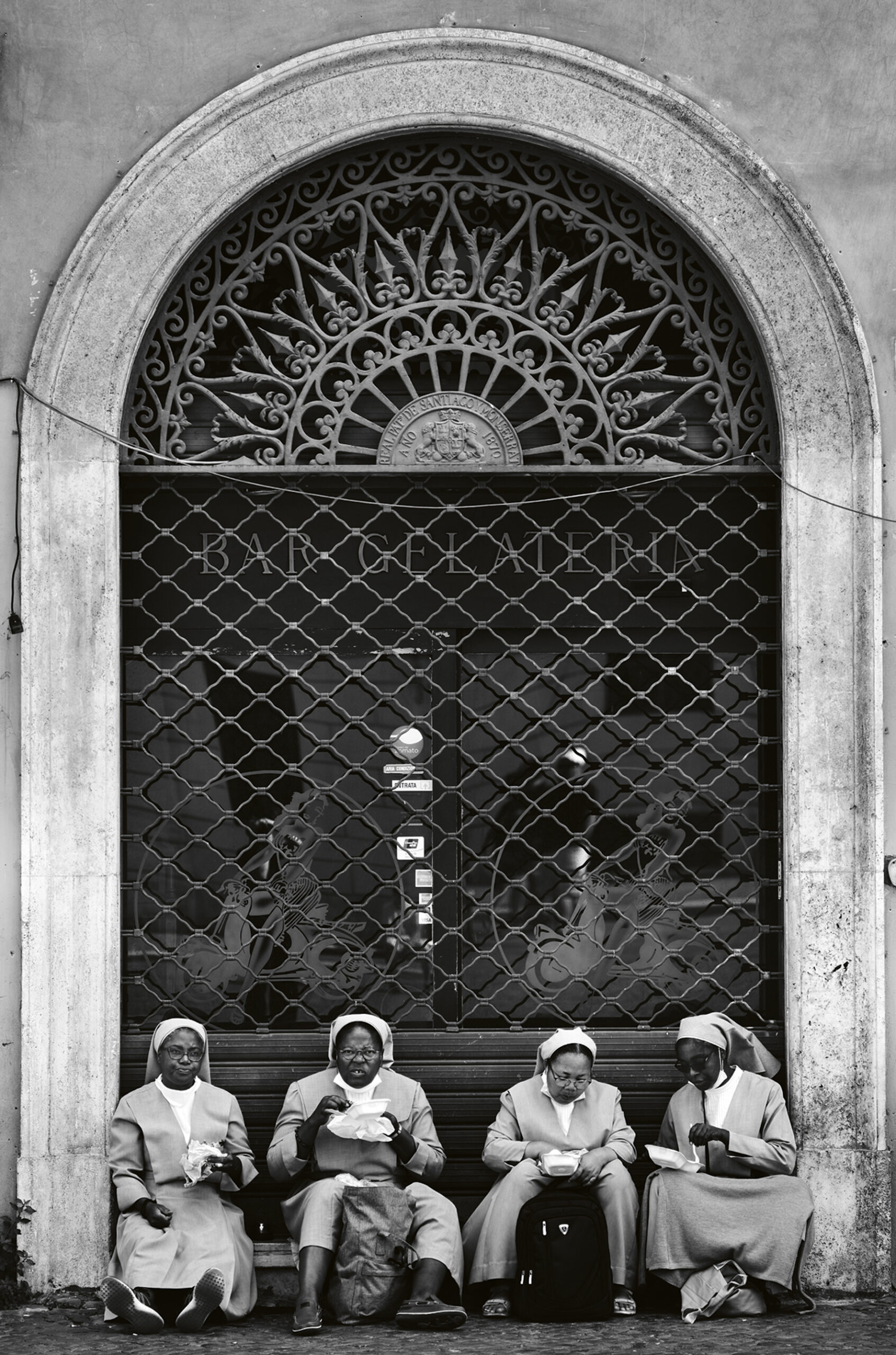
In many ways, Street Scenes is a wonderful book. Just in terms of book arts, the physical and book design level, everything from the choice of interior paper and the quality of the printing, both black and white and color, is well thought out and pleasing. The book’s physical dimensions are such that it’s equally at home on a coffee table or in your lap as you turn from one image to the next. And the interior layout design, varied placement of images upon each page–sometimes parallel, sometimes jumping the gutter, sometimes off-center, always in immediate if not a more subtle implied conversation with each other–makes simply holding this book and turning the pages a pleasure.
But what is really extraordinary here, and always has been, is Penman’s eye. Working in the tradition of Cartier-Bresson and Meyerowitz and Leiter and a dozen others (although not Lewis Carroll), he’s found an original voice. Yes, he’s been named among the 52 most influential street photographers since the universe began, and that accolade, frankly, is well earned. His first two books (Street and New York Street Diaries) were talented and fresh articulations of what street photography can be.
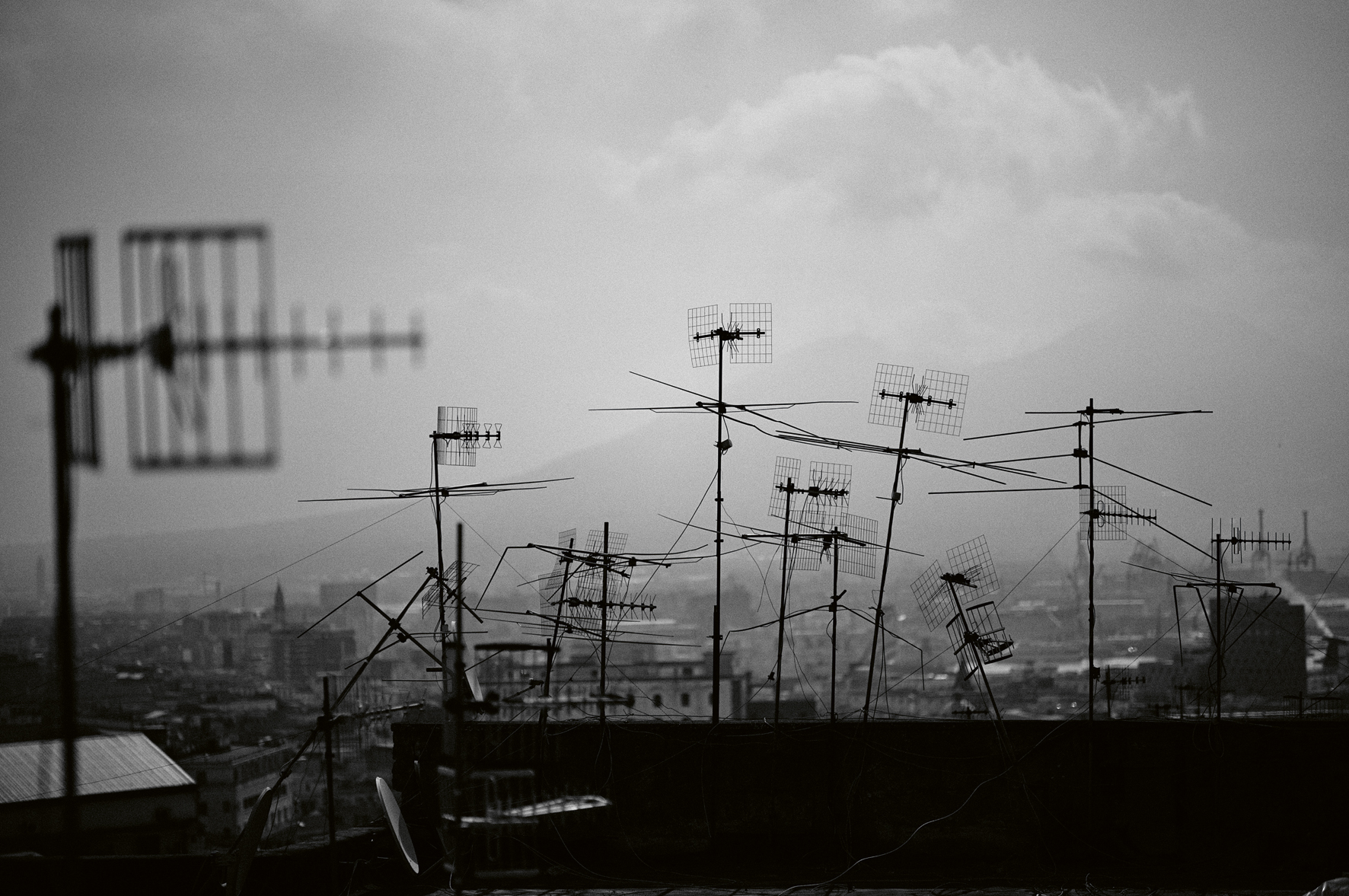
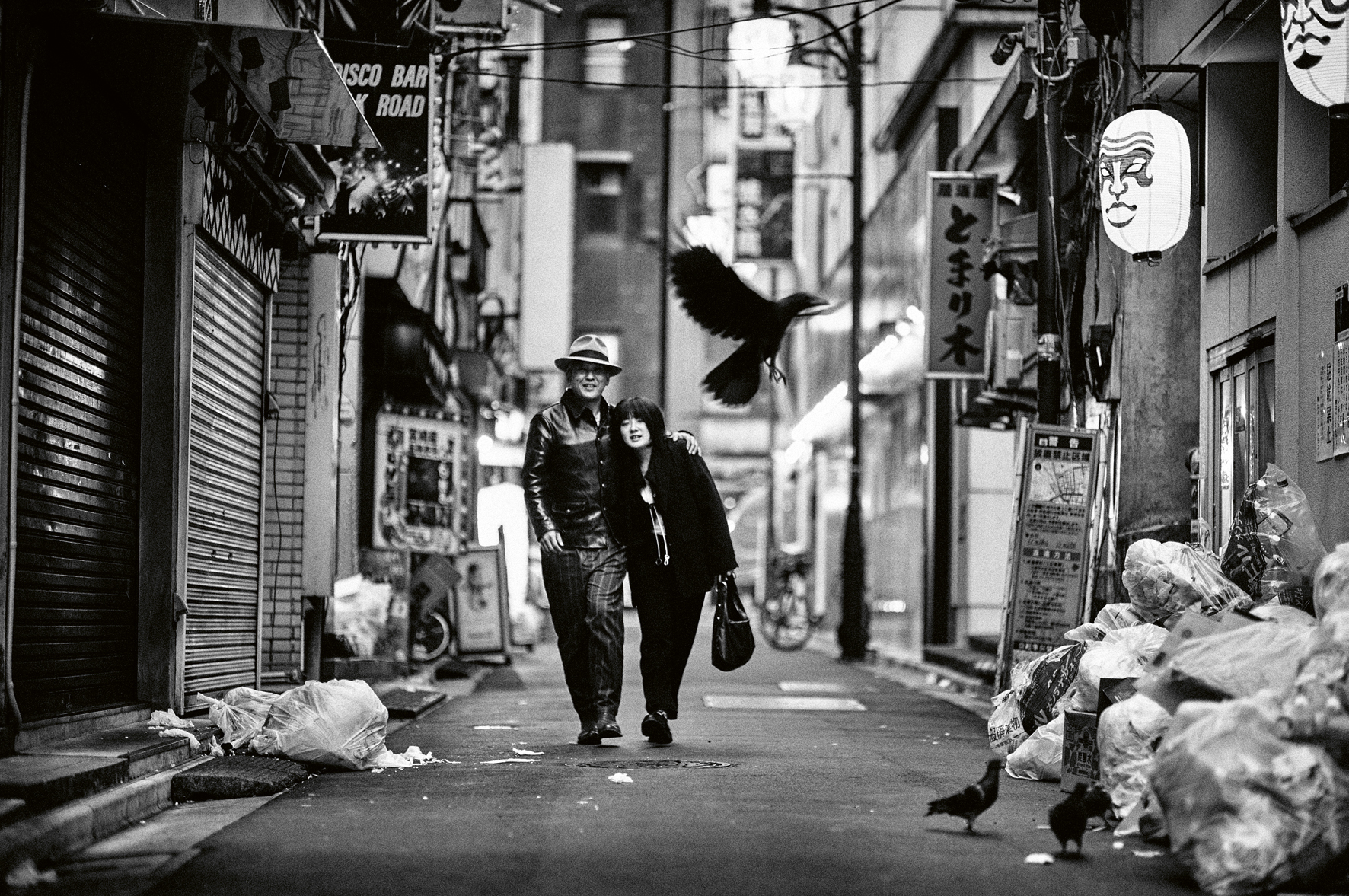
Street Scenes contains 188 images. One hundred and seventy five of those are black and white. Thirteen are in color. The images, sometimes nostalgic with grain, blur or soft focus, other times eking out every bit of resolution and sharpness his camera will allow, reveal a world of moments where the forms transform into something more. It could be a very old woman in a ballet dancer’s tutu. It could be a man with an umbrella on Fifth Avenue, reflected and doubled in a glass window. It could be Penman’s now iconic image of a solitary pedestrian crossing a New York Street when every traffic light is red. Or it could be images from Paris or Melbourne or Tokyo. There is something about Penman’s work that invites a viewer to a deeper, more detailed understanding, a better articulation of the nuances of the world we all move through.

Throughout this book, Penman’s physical relation to his subjects is changing and dynamic. Oftentimes he is at some distance from his curiosities, and the result is a type of tableau. Other times he is within inches of a grimaced face or wistful gaze. Sometimes his subjects are posing for him. More often, he’s capturing a moment in the act of fleeting away.
Whether it’s a young boy tentatively touching what appears to be a discarded dinosaur costume, a dapper British gent in a carriage, or two children pushing a suitcase in Naples, every image has such a strong narrative quality or question that, going through this book, I always feel that I’ve been given evidence of something true, even though I can’t articulate in words what that truth may be.
Street photography is popular and easy to do badly. Go on the street, take a picture, give it that genre title, call it good. But like so many things, the people who know what they’re doing have the insight to capture moments that bring us the world in ways both familiar and strange.
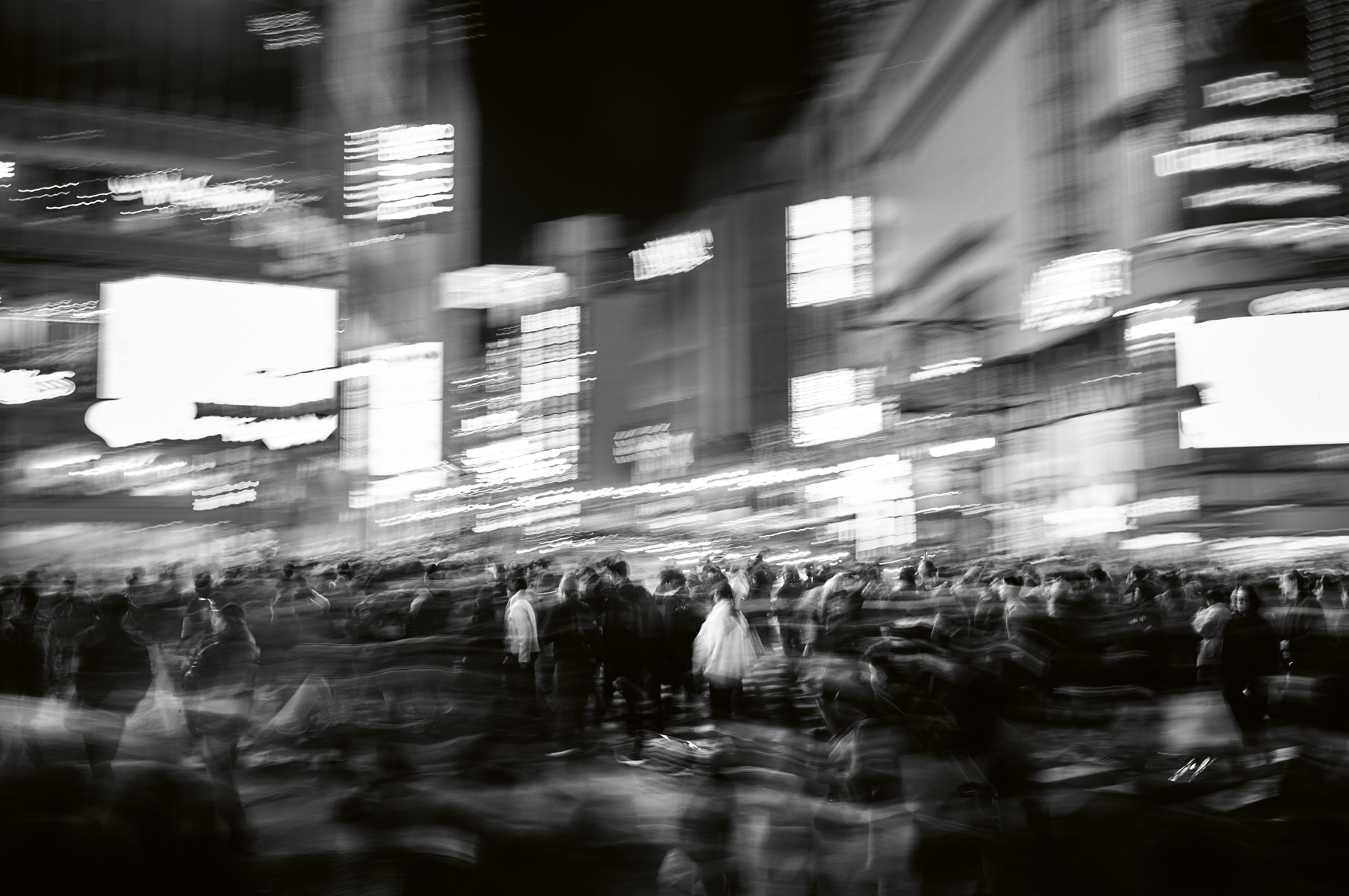
Penman’s black and white images, the way he composes with tone as well as with subject and form, are masterworks. The color images have a different, more time-present vibe, but are no less evocative.
One of the real benefits of this book is its global scope. Instead of focusing only on New York, this book encompasses cityscapes around the world, and what we see here are both the similarities and the small differences which mean everything.
In an Introduction by Matt Seaton, he writes—
In this collection of images from many world cities, across a span of years, I’m struck also by how this disorientation and defamiliarization can make somewhere seem anywhere. A Paris scene looks as though it could be Tokyo; this Melbourne backstreet seems to be impersonating Boston; that solid wall of graffiti in Zurich would make the taggers of the Bronx blush for shame; a Naples seaside promenade might be Coney Island through the looking glass. Everywhere the fantastic grit and grime suggests an unexpected leveling urban universalism that could make one think of New Delhi and Naples should be twinned cities.
I admire Phil Penman’s work, and I admire this new book. Turning the pages, I admit I find myself pleasantly whispering “curiouser and curiouser” as my own heart and mind are changed.
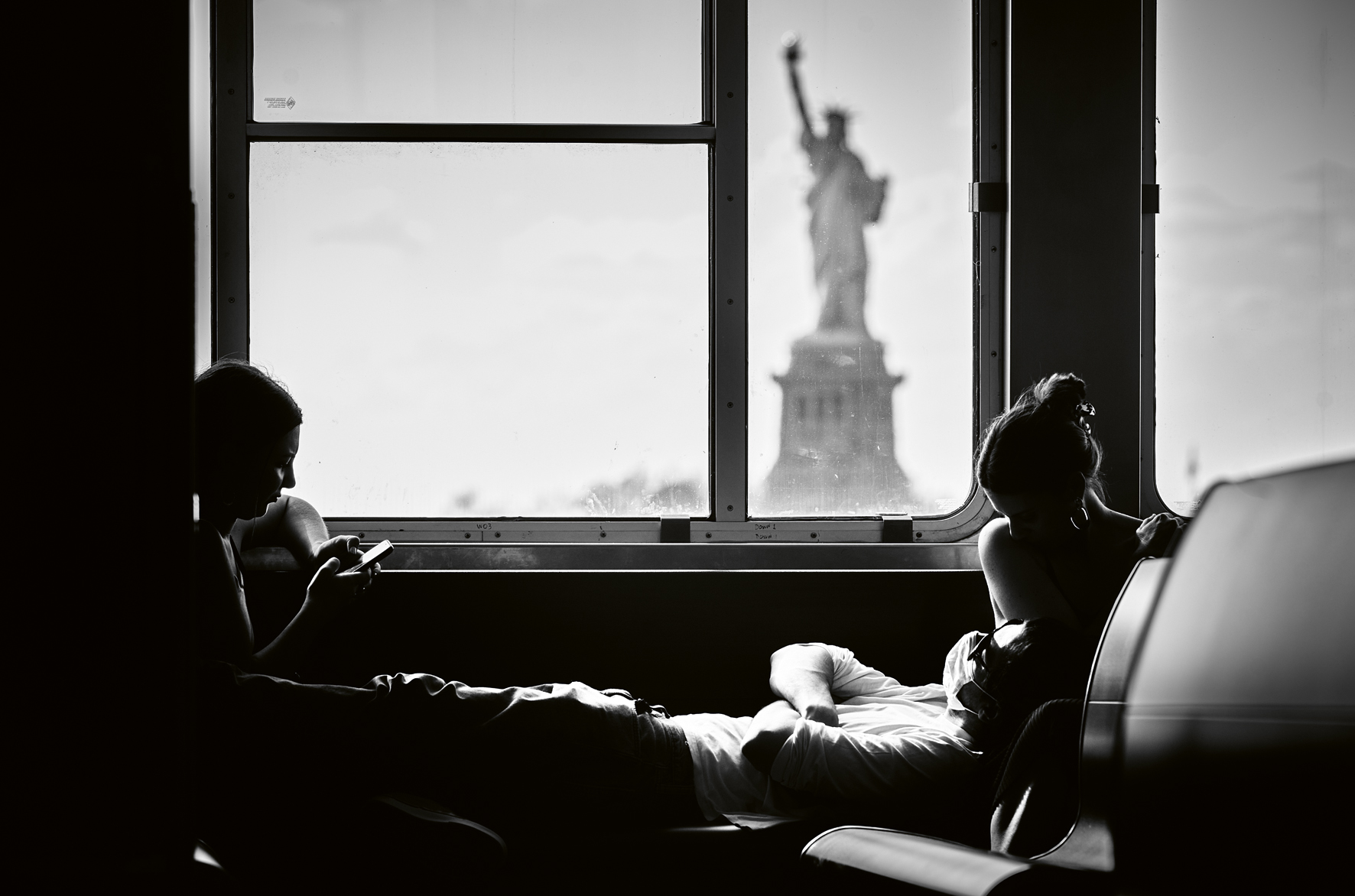
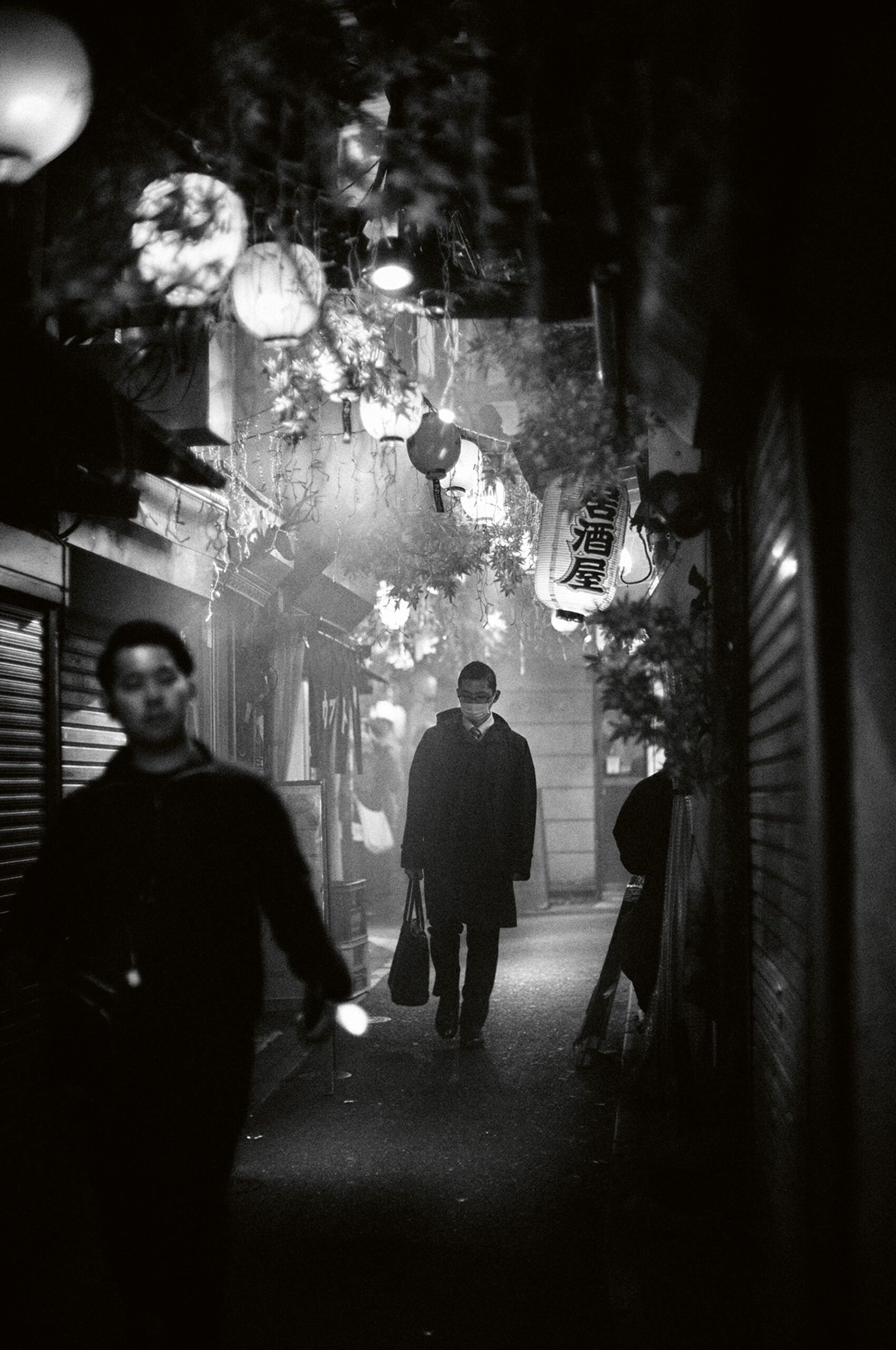
A note from FRAMES: Please let us know if you have an upcoming or recently published photography book.




